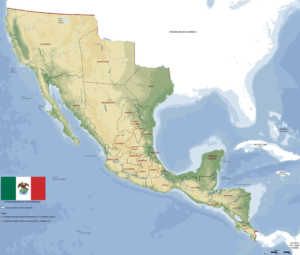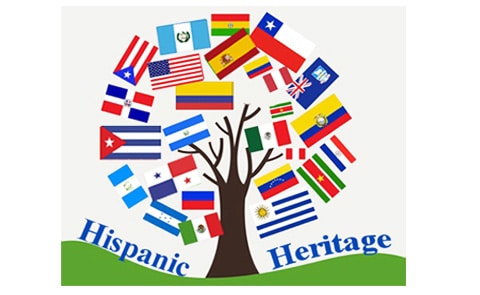Every year in the US, Americans observe National Hispanic Heritage Month from September 15 to October 15. Hispanic Heritage Month was established in 1968 and proclaimed by President Lyndon B Johnson. At first, it was only one week but later was expanded to 30 days by President Ronald Regan in 1988.
This month-long celebration pays tribute to the generations of Hispanic Americans who have positively influenced and enriched our country and society.
September 15 was set as the beginning of Hispanic Heritage Month because it coincides with the Independence of several Latin American, and Hispanic, countries: Costa Rica, El Salvador, Guatemala, Honduras, Nicaragua, Mexico (early September 16), and Chile.
Hispanic Heritage Month honors and celebrates the contributions of the Hispanic community to the American culture. Hispanics have had a great and positive influence on our country.

Let’s not forget that an important area of the US territory was once Mexico: Texas, Arizona, New Mexico, California, Utah, and parts of Colorado & Wyoming. Thus, Hispanic culture and traditions have been a part of American culture for centuries.
Through Hispanic Heritage Month, we honor the values such as a strong sense of family, community, and hard work. Their festive culture, imagery, art, icons, heroes, artists, social activists, athletes, and scientists.
The Hispanic population of the United States in the 2020 Census was 62 million, making it the nation’s largest ethnic or racial minority. The Hispanic or Latino population grew 23%.


